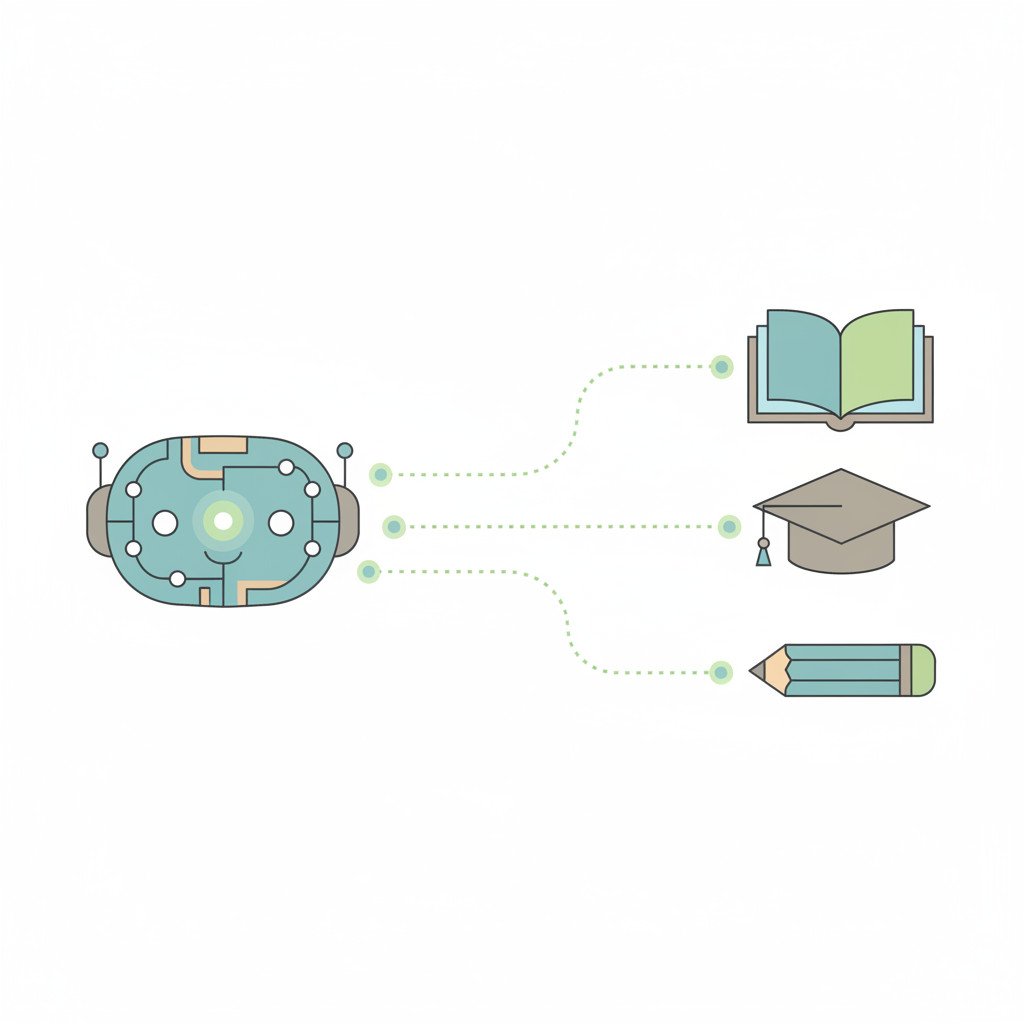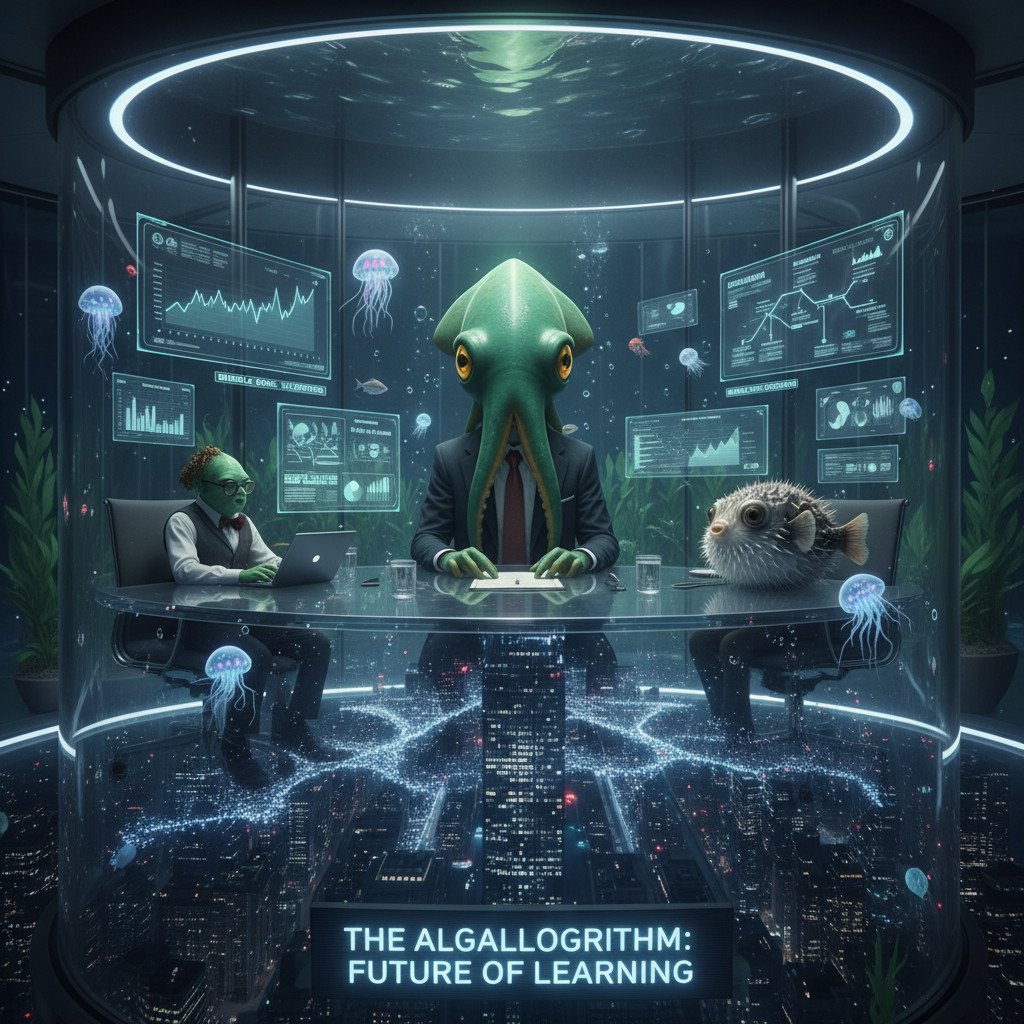AI Bubble Risk and Education AI Policy
AI bubble risk and education AI policy is now a core concern for educators, investors, and policymakers worldwide. However, rapid hype around AI investments and AI stocks raises real questions for classrooms and curriculum design. Governments rush pilots and new AI textbooks, yet past rollouts show costly mistakes and rushed timelines.
Therefore, we must examine how policy, procurement, and teacher training can prevent a bubble from harming learning outcomes. This article frames the debates and draws on global policy moves, market signals, and education case studies, including sudden textbook pullbacks in East Asia, terminated national online school projects, and central bank warnings about sharp market corrections, so readers can learn to spot where hype masks durable value, where investment risks concentrate, and where clear, cautious education AI policy can help startups, schools, and governments invest in scalable and responsible solutions instead of short-lived fads, and to better protect student learning outcomes.
AI bubble risk and education AI policy: what it means for schools and startups
AI bubble risk and education AI policy intersects where investor hype meets classroom choices. Because valuations can outpace real utility, schools face procurement risks. Therefore, rushed policy and procurement can lock systems into flawed products.
Key elements of the AI bubble risk
- Overvaluation and hype: Investors bid up AI stocks and startups. For example, Bank of America’s survey found 54 percent of managers see AI in bubble territory. Source.
- Rapid rollouts and short review cycles: Governments sometimes shorten reviews for AI textbooks. As a result, errors and rollout failures occur.
- Failed national projects and sunk costs: Past national edtech projects cost billions and later ended. Therefore, policymakers must weigh long term costs and benefits.
- Learning and cognitive risks: Early research suggests heavy AI reliance can reduce cognitive engagement. For instance, an MIT-linked study reported lower brain activity among AI users. Source.
Policy implications for education
- Prioritize pilots with clear metrics. However, avoid large upfront buys without evidence.
- Fund teacher training and maintenance budgets.
- Require open standards to prevent vendor lock in.
- Monitor learning outcomes, equity, safety, and privacy.
By using cautious, evidence based policy, governments can capture real value. Otherwise, short term hype may leave schools with costly, ineffective systems.

education AI policy: current approaches, risks, and implications for students and teachers
Policymakers worldwide now treat education AI policy as urgent. However, many programs moved fast to pilot or scale AI tools. As a result, systems faced technical, financial, and learning challenges.
Current policy trends
- National pilots and mandatory texts: Several governments pushed AI textbooks and digital curricula with short review cycles. For example, some AI textbooks went from development to rollout in months instead of years. This rushed schedule raised quality and safety concerns.
- Risk oversight and financial warnings: Central banks and regulators flagged the market side of AI. In particular, the Bank of England noted that AI driven valuations could make markets vulnerable to sharp corrections. See the Bank of England Financial Policy Committee record.
- Cognitive and learning evidence: Early research found heavy AI reliance can reduce neural activity linked to memory and planning. For details, read the MIT linked study reported in Le Monde.
Principal risks and challenges
- Vendor lock in and sunk costs. Short procurement cycles increase long term costs.
- Unequal access. As a result, disadvantaged students may fall further behind.
- Reduced cognitive engagement. Studies suggest overreliance on AI can lower active learning.
- Rapid obsolescence. Because AI markets move fast, today’s tools can become outdated.
Policy implications for stakeholders
- For governments: fund rigorous pilots with learning metrics and maintenance budgets.
- For schools: require teacher training, open standards, and privacy safeguards.
- For startups and investors: focus on measurable learning outcomes, not only growth.
Overall, careful, evidence based education AI policy can protect students. Otherwise, hype may leave classrooms with costly, ineffective systems.
education AI policy: international comparison
Below is a quick comparison of national education AI policy approaches and how they address AI bubble risk. However, each country balances speed, scale, and safeguards differently. Therefore, the table highlights strengths, weaknesses, and risk management steps.
| Country | Key policy features | Strengths | Weaknesses | AI bubble risk management approaches |
|---|---|---|---|---|
| South Korea | Rapid rollout of AI textbooks; mandatory then optional; large central funding | Strong national coordination and fast adoption | Rushed review; quality issues; mandatory reversal after months | Paused rollouts; reclassified materials as optional; audits and reviews |
| Malaysia | Large scale online school programme (1BestariNet) and digital initiatives | Ambitious scale and infrastructure focus | Cost overruns and governance failures; long term termination | Project termination; postmortems and tighter procurement rules |
| Gauteng, South Africa | Online Schools Project with high capital cost then scrapped | Infrastructure ambition and digital access goals | Execution failures; sunk costs; project cancellation | Shift to pilots and tighter oversight before new scale projects |
| United Kingdom | Policy dialogues plus regulator scrutiny; central bank warnings on markets | Strong oversight and macroprudential awareness | School funding gaps and uneven local capacity | Macroprudential monitoring; guidance for procurement and pilots |
| United States | Mixed federal and state initiatives; private sector pilots | Rapid innovation and broad private investment | Fragmentation, equity gaps, and varied standards | Grants for pilots; research funding; state level safeguards |
| China | State led curriculum updates and fast deployment | Scale, alignment, and centralized rollout | Limited transparency and fast mandates risk | Centralised controls and procurement scrutiny; top down reviews |
| European Union | Emphasis on safety, privacy, and regulation (eg AI Act) | Strong regulatory framework and risk classification | Slower adoption; compliance burden for vendors | Regulate high risk uses; require compliance and impact assessments |
Use this comparison to spot policy choices that reduce market hype. In particular, prioritize pilots, open standards, and learning metrics to manage AI bubble risk while protecting students and teachers.
Conclusion
The current surge in AI investment brings real risks to education. Rapid hype can create an AI bubble that leaves schools with expensive, ineffective tools. As a result, rushed rollouts and weak procurement harm learning outcomes and waste public funds.
Robust education AI policy must come first. Governments should fund evidence based pilots, measure learning outcomes, and require open standards. Furthermore, policymakers need budgets for teacher training and long term maintenance. Therefore, procurement should favour proven impact over marketing claims.
EMP0 helps organisations navigate this transition safely and efficiently. EMP0 provides AI and automation solutions that focus on measurable outcomes, reliable integrations, and governance. In education, EMP0 supports scalable deployments, teacher upskilling, and data privacy practices. As a result, schools and startups can adopt AI tools with confidence and reduce the risks of vendor lock in and rapid obsolescence.
Responsible adoption will preserve AI’s long term value for learners. By pairing cautious policy with practical solutions, stakeholders can avoid the worst of the bubble. Ultimately, careful investment and clear rules will let AI reshape education for the better.
Frequently Asked Questions (FAQs)
What is AI bubble risk and how does it affect education?
AI bubble risk means market hype and inflated valuations. In education, it can drive rushed procurement, poor products, and wasted public funds. Therefore, schools may adopt tools before proof of impact exists. However, pilots often reveal tools fail basic tests.
How can education AI policy reduce these risks?
Good policy requires pilots, evidence, and open standards. Fund teacher training and maintenance. Require learning metrics and audits. As a result, governments avoid large sunk costs and vendor lock in.
What should schools do before buying AI tools?
Start with small pilots and clear success measures. Involve teachers and students in testing. Demand privacy safeguards and interoperability. Moreover, budget for long term support and updates. Also, set clear exit clauses.
How should startups and investors respond to market correction risks?
Focus on sustainable models and measurable learning outcomes. Avoid growth at all costs. For example, build integrations and strong customer support to survive downturns.
How can parents and teachers spot ineffective AI products?
Look for peer reviewed evidence, transparent data practices, and clear outcome reports. If vendors promise instant miracles, be skeptical. Ultimately, prioritize tools that improve learning measurably.

